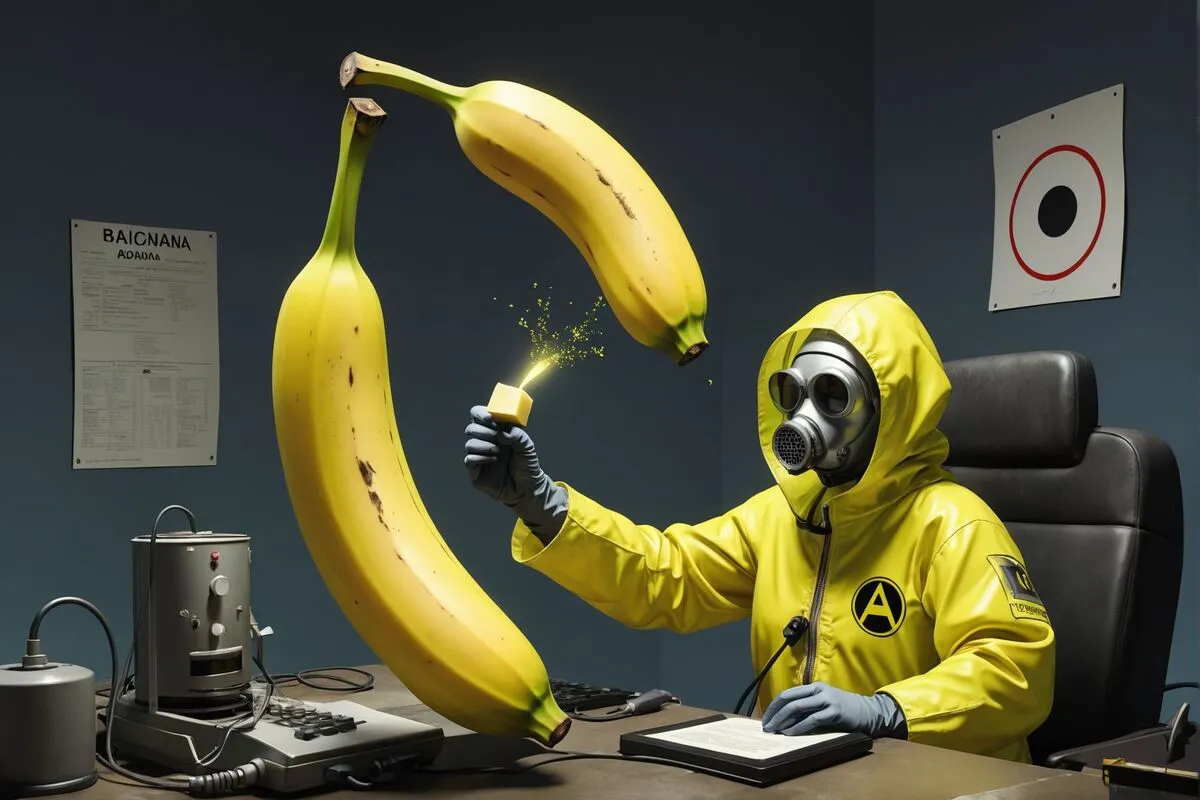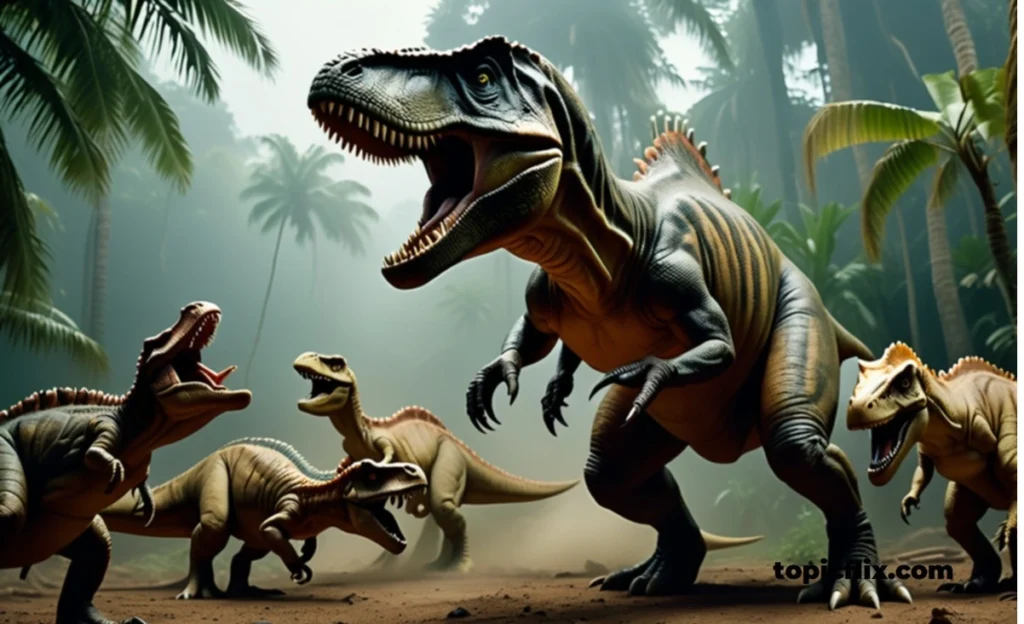Are bananas naturally radioactive? The answer is yes. What you may not know is that bananas are a radioactive fruit because they contain potassium, and a small fraction of naturally occurring potassium is the radioactive isotope potassium-40 (⁴⁰K). This potassium-40 (⁴⁰K) decays over time and emits beta particles.
Although the amount of radiation is extremely small and therefore perfectly safe to consume, it is enough that bananas are sometimes used as a specific unit of measuring radiation exposure—called the “Banana Equivalent Dose (BED).”
So, the next time you eat a banana, you’ll be ingesting a small amount of naturally occurring radioactivity—but don’t worry, it’s completely harmless! And there are many benefits to eating bananas.
How much radiation does one banana give?
By eating one banana, you get about 0.1 microsievert (μSv) or 0.0000001 sievert of radiation. Let me give you an example to understand this.
If you get a dental x-ray done by a doctor, you get about 5 µSv, a chest CT scan gives you about 7,000 µSv. So despite bananas being radioactive, eating them is not harmful because to get the same amount of radiation as you would get from a chest CT scan, you would have to eat about 25,000-30,000 bananas. Isn’t it interesting!
What is Banana Equivalent Dose (BED) ?
The term Banana Equivalent Dose (BED) is an informal way to help people understand the concept of radiation exposure by comparing it to the amount of radiation a person would receive by eating a banana. BED is not used in scientific contexts. The main purpose of Banana Equivalent Dose (BED) is to educate the general public about radiation in everyday life. It is intended to reduce fears about small, natural radiation exposures.

Follow the Author
Ankita is a German scholar and loves to write. Users can follow Ankita on Instagram ![]()
WHY YOUR DOG BEHAVING ODD, HERE FACTS ABOUT DOG SMELLS
Pets are different from us. A dog’s smell might be unpleasant and make you uncomfortable….
The Stagecoach Festival: What You Need to Know Before You Go
One of the greatest country music events of the year, the Stagecoach Festival, is coming…
What if dinosaurs were still alive today?
It’s exciting to imagine that if that deadly asteroid hadn’t hit Earth 66 million years…
What should one do to get a glowing skin?
If you want good skin, it is important that you have a healthy lifestyle. Along…
Why is “The Girl with the Pearl Earring” a mystery, like the Mona Lisa?
“Girl with a Pearl Earring” appears to be from a simple peasant family. Her look…
What’s life like in Tahiti Island?
Tahiti is small but so beautiful. Both geographically and culturally, Tahiti is so far away…






